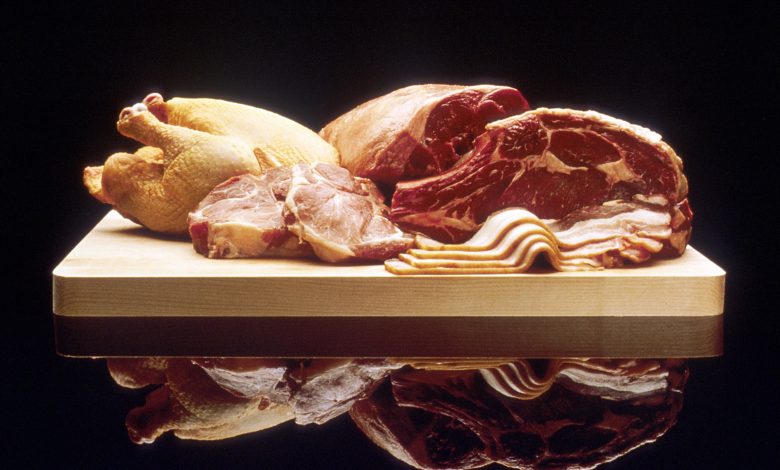Understanding Pathological Conditions in Transported Livestock

Understanding Pathological Conditions in Transported Livestock
Dr. Yogendra Singh*
Assistant Professor, Department of veterinary surgery and radiology
RPS college of veterinary science, Balana, Mahendragarh, Haryana
Dr. Rohit
BVSc, IIVER, Rohtak, Haryana
Introduction
Proper facility design plays a critical role in preventing cross-contamination and ensuring a hygienic environment for meat processing. Some common factors associated with transport of food is:
Stress:
Poor transportation can have serious deleterious effects on the welfare of livestock and can lead to significant loss of quality and production. Effects of transport and movement include: Stress- leading to DFD beef and PSE pork.
Loss in weight during transportation
Some loss in live weight during transport. Loss is greater than loss solely by fasting for similar period.
Loss in weight and Loss in water.
Factors affecting the loss are:
- Bodily condition
- State of repletion
- Season
- Journey time
| S.No. | Species | Loss in weight |
| 1. | Pig | 2.2 to 5.4 kg during 24 hr. |
| 2. | Sheep | 3.6 kg during 24 hr. |
| 3. | Calf (150 kg) | 4.0 kg during first day of travel
1.8 kg on second day of travel |
| 4. | Bullock (610 kg) | 30 to 40 kg during first day of travel
5.0 to 6.0 kg on second day of travel |
| 5. | Lambs | 7-8% of live weight |
Transport Mortality
Extremes of temperature: Especially heat can be responsible for many losses in livestock.
Pigs: pathological changes
✓Acute cardiac dilation & acute pulmonary hyperemia
✓Lung: not conical but oval
✓Heavy & firmal than normal
✓Finger impression remain on palpation



